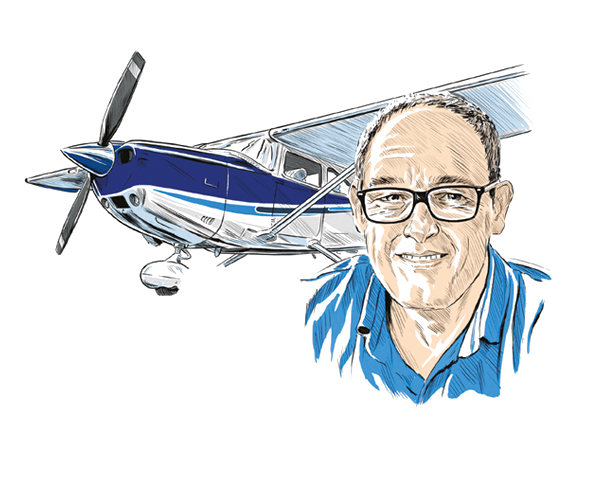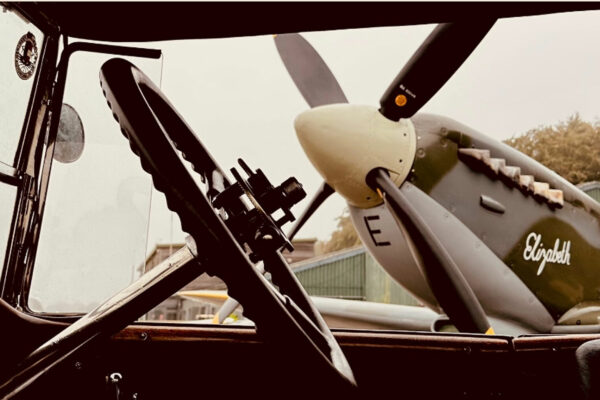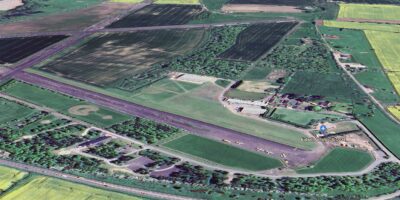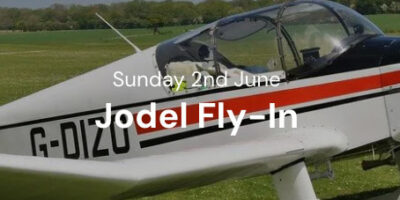You don’t have to spend too long online before you find someone, usually a relatively new pilot, asking who they should be talking to when flying in a particular area. After someone’s (smugly) made the point that it’s Bernoulli and Newton rather than Marconi who keep you flying, a bunch of more helpful pilots usually chime in with a variety of more practical answers.
I had a similar question recently, although this time it was asked face to face by someone who is based overseas and usually flies in mainland Europe. This experienced pilot told me that the more he researched the subject, the more confusing it became. I reassured him that it was all very simple really, and I’d explain…
I kicked off with the new (self) service frequency (130.490), which is being trialled over the next year. It’s intended (I think), to help military and low-flying civilian aircraft avoid each other when low level. Call it hear and avoid if you like. I told my friend that it could be used below 2,000ft in the UK low-flying system.
“…uniquely useless numbers from a bygone age that help unfamiliar pilots infringe vertically”
He asked me where that was, and embarrassingly I didn’t know. A quick google revealed that it’s all of the open airspace (class G) in the UK below 2,000ft. Blimey.
We then moved on to SafetyCom, another self-service frequency (135.480), usually used by pilots when arriving and departing strips. Given that there are thousands of strips, and that every single one of them is below 2,000ft agl, there’s potential for confusion and conflict with the new trial. He asked which was the most useful. By mumbling and moving on I think I swerved that particular question without him noticing.
Then I moved on to the big Flight Information sectors, you know London and Scottish. I explained that the people on the other end of the RT would give you a squawk, but that because they weren’t ATCOs they couldn’t provide a radar service, and that you would have to settle for a Basic Service. In fact, even if they had a screen to glance at, he shouldn’t expect the kind of service he might be used to in France (and Germany, Holland, and Belgium etc.) where the controller providing a Flight Information Service would warn of traffic, keep you out of the way of things like, restricted areas and controlled airspace as well as handing you off to the next frequency. I explained that the UK term Basic Service was a pretty accurate, if at times exaggerated, description. I also mentioned that the WASPs (wide area service providers) would be handing out what we call regional pressure settings – uniquely useless numbers from a bygone age that help encourage pilots unfamiliar with the concept to infringe vertically. He looked puzzled. Foreigners, eh? They just don’t seem to get our world-beating uniqueness.
Thinking I’d finished with my explanation, he told me he understood why people were confused when there were three different options to choose from. I mumbled something about not quite having finished yet and moved onto the subject of listening squawks, explaining that although these wouldn’t involve him in any talking, they would involve him in some listening. I told him that some (but not all) radar units had a designated squawk along with a frequency that you could monitor, and that if it looked like you might stray into their controlled airspace they might make a call to warn you. I had to explain that while this might happen he definitely couldn’t count on it, nor could he count on the unit pointing out any traffic, or handing him over to anyone else. I suggested that this could be thought of as a NEBS (not even a basic service), and as anyone participating would not be transmitting, they would not be generating any information useful to the hear and avoid concept of situational awareness either.
He looked at me as if I was mad, asking if listening squawks provided any reliable benefit to GA pilots at all.
Finally I talked him through the different (real) services that were sometimes on offer from radar units. I told him he could request either a Basic Service or a Traffic Service, deciding not to confuse him further with Deconfliction or Procedural Services. I pointed out that the most useful – a traffic service – may or may not be provided by the controller depending on workload, and that the busier it was, the less likely you got what you needed.
After a few minutes, my friend said, “So you have a trial frequency that should be used at the same time as a sort of strip Unicom, a non-radar service that gives out squawk codes and useless pressure settings, a one way radar service that helps controllers but reduces situational awareness for pilots, and a proper radar service that has a different name to anywhere else in the world, and that becomes less available the more you need it. All of that with some of the most complicated low level airspace in the world?” Yup, I replied with a feeling of national pride swelling in my chest, we do things properly here. Embarrassment of riches, or just an embarrassment?







